Learning skateboarding at home is a transformative experience that can empower individuals of all ages and skill levels to master this dynamic sport. Whether you’re a curious kid or a seasoned adult looking to reignite your passion, the ability to practice skateboarding at home offers unparalleled convenience and flexibility. With the right setup and mindset, anyone can navigate the challenges of learning skateboarding, from mastering basic tricks to progressing to more complex maneuvers. This guide explores how to overcome age barriers, practice effectively at home, and build the skills needed to enjoy skateboarding confidently. Discover tips for beginners, intermediate progressions, and resources to support your journey, ensuring you stay motivated and safe while embracing the thrill of skateboarding. By addressing common questions and providing actionable advice, this article equips you with everything needed to start or continue your skateboarding journey right from your backyard.
Key Takeaways
– Master the Basics: Start on a flat, smooth surface and focus on balance and control to build a solid foundation.
– Learn the Ollie Trick: Grasp the basics of this foundational trick to unlock more advanced moves and confidence.
– Skateboarding at Home: Use your current setup or explore local spots to practice safely and effectively.
– Embrace the Learning Curve: Fall and mistakes are part of the journey—stay patient and persistent to progress.
– Protective Gear Matters: Always wear knee pads, elbow pads, and gloves to stay safe while learning.
– Leverage Resources: Utilize online tutorials, local communities, and progress-tracking tools to guide your journey.
– Find Your Local Spot: Skate parks offer a supportive environment to meet fellow enthusiasts and refine your skills.
– Set Realistic Goals: Break down your learning process into manageable steps to stay motivated and inspired.
– Enjoy the Ride: Skateboarding is about fun and freedom—embrace the thrill and stay determined!
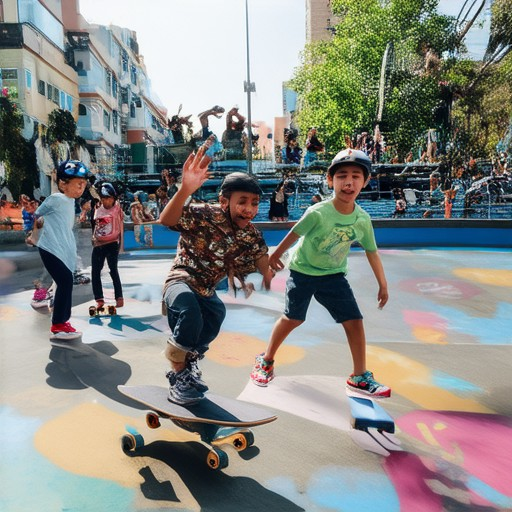
Is 40 Too Old to Learn to Skate?
Learning to skate at 40 is absolutely feasible and can be a rewarding experience. Many individuals in their 40s find that skateboarding offers a unique combination of physical exercise, mental challenge, and social interaction. Here are some considerations and tips to help you get started:
- Physical Ability:** While agility and endurance may decrease with age, many skaters in their 40s find that regular practice improves these abilities. Consider starting with rollerblades or inline skates, which are generally easier on the joints compared to traditional skateboards.
- Mental Aspect:** Learning a new skill at any age can be challenging, but it also presents an excellent opportunity for growth. With patience and persistence, you can develop the necessary balance, coordination, and problem-solving skills.
- Social Factors:** Joining a local skateboarding community can provide motivation and support. Many cities have adult-specific skate groups or classes that cater to individuals of all ages and skill levels.
- Mental Challenges:** Balancing and coordinating movements can be tricky, especially at first. However, with consistent practice and a focus on gradual progress, you’ll improve over time. Consider breaking down complex maneuvers into smaller, manageable steps.
- Financial Investment:** Skateboarding equipment can be costly, but there are affordable options available. Look for local rental services or community centers that offer discounted rates or equipment rentals.
- Motivation and Fun:** Keep your sessions varied and exciting by exploring different skate parks, trying new tricks, and incorporating fitness routines into your practice. Setting personal goals and celebrating achievements can boost your motivation.
Remember, everyone starts at a different pace, and skill development takes time. Embrace the journey, stay persistent, and enjoy the freedom and joy that skateboarding brings. Whether you’re aiming to nail your first ollie or simply enjoying the thrill of gliding, every session is a step toward mastery.
Yes, You Can Practice Skateboarding at Home
Practicing skateboarding at home is a great way to improve your skills without needing a skatepark. With the right setup and mindset, you can effectively work on your technique and have fun doing it.
Setup for Home Practice
- A skateboard deck
- Grip tape (to prevent sliding)
- A sturdy, flat surface (like a carpeted floor or patio)
- Protective gear (knee pads, elbow pads, helmet)
Steps to Practice Skateboarding at Home
- Warm-Up:** Start with simple movements like balancing on one foot or walking back and forth. This helps get your muscles ready and prevents injuries.
- Learn Basic Moves:** Begin with stationary stance and foot placement. Practice popping small ollies or kickflips on flat ground. Transition to more complex tricks as you gain confidence.
- Practice Grabs and Manuals:** Use your non-foot to grab the board and practice manualing (manually moving the board without wheels). This improves your control and balance.
- Work on Trick Variations:** Experiment with different tricks like grindsliding, boardslides, and gap jumps. Use your board’s edge and pop for better execution.
Tips for Effective Practice
- Start Slow: Don’t rush the learning process. Take your time to master each trick and move smoothly between them.
- Focus on Form: Keep your body centered and your eyes forward to maintain control and stability.
- Use the Right Surfaces: While flat ground is great for basics, consider using smaller ramps or curbs for more realistic park setups.
- Stay Consistent: Regular practice is key to improving. Aim for at least 30 minutes a few times a week.
Resources to Enhance Your Skills
For more tips and guides on skateboarding, check out these resources:
- Goskate – Learn advanced techniques and watch instructional videos.
- Skateboard Magazine – Features articles on skateboarding history, gear, and tricks.
- Thrasher Magazine – Covers skate culture, interviews, and product reviews.
By following these steps and utilizing the resources above, you’ll be able to practice skateboarding effectively at home and take your skills to the next level!
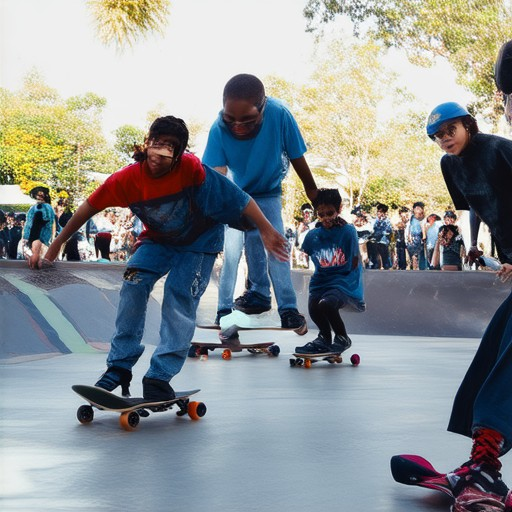
Is it difficult to learn skateboarding?
Yes, learning skateboarding can be challenging due to its unique combination of physical skill, balance, and creativity. However, with consistent practice, patience, and the right approach, anyone can master the basics and progress to more advanced tricks.
Why It Can Be Difficult:
- Balance and Coordination : Skateboarding requires excellent balance and coordination, which many people struggle with initially.
- Muscle Strength : Strengthening your legs and core is essential for controlling the board and maintaining stability.
- Trick Execution : Learning tricks like ollies, grindsliding, and kickflips demands precision and timing.
- Board Handling : Mastering how to position your feet and body on the board correctly is crucial for control.
Tips to Overcome Challenges:
- Practice Regularly : Consistency is key. Spend time on the board a few times a week to build muscle memory.
- Watch Tutorials : Look for instructional videos or guides online to see techniques in action.
- Join a Community : Find local skate parks or online forums to connect with others who share your passion.
- Start Small : Focus on mastering one trick or movement at a time before attempting more complex maneuvers.
If you’re looking for resources to help improve your skills, visit Kickflip Boards for detailed guides, gear recommendations, and tips tailored for skaters of all levels. Our platform is designed to support your journey and help you stay motivated as you progress.
Additionally, exploring skateboard types and understanding the differences can help you choose the right setup for your style. Keep pushing forward, and soon you’ll be riding with confidence and style!
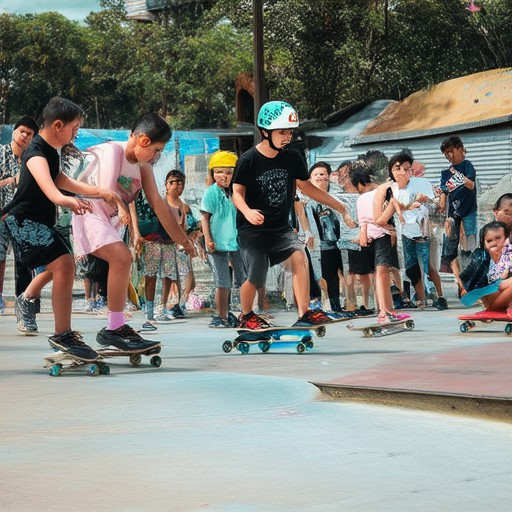
How to Start Skateboarding as a Beginner
Starting skateboarding can be an exciting journey, but it requires patience, determination, and the right approach. Here’s a step-by-step guide to help you get started:
- 1. Get Started Slowly
- Begin on a flat, smooth surface like grass or pavement.
- Practice standing still and balancing on your skateboard.
- Roll or slide the board without the skateboard to feel the movement and control.
- 2. Embrace the Ground
- Make friends with the ground by paying attention to its texture and feedback.
- Learn to read the surface and adapt your movements accordingly.
- 3. Overcome Fear of Falling
- Falling is part of learning, so accept it as a necessary part of the process.
- Stay calm and keep moving forward to maintain momentum.
- 4. Use Your Momentum Wisely
- Keep your knees bent to maintain balance and control.
- Lean slightly forward and bend your knees further to lower your center of gravity.
- 5. Get on the Board
- Start with a kick push to get moving and then push off the ground with your non-dominant foot.
- Balance is key – concentrate on your stance and body position.
- 6. Practice on Flat Ground First
- Master the basics on flat ground before tackling slopes or curbs.
- Watch tutorials or ask for tips from experienced skaters to perfect your technique.
- 7. Dress Appropriately
- Wear comfortable shoes with support and protective gear like knee pads.
- Clothing should allow freedom of movement but also protect you from the board’s surface.
- 8. Find a Local Spot
- Visit a local skate park to practice and meet other skaters who can offer support and advice.
- Use resources like Skate Park Locator to find nearby spots.
- 9. Be Patient and Enjoy Yourself
- Learning to skateboard takes time – don’t get discouraged by falls or mistakes.
- Focus on having fun and enjoying the experience rather than chasing perfection.
With these tips, you’ll be well on your way to mastering skateboarding. Remember to stay persistent, have fun, and enjoy the thrill of riding your board!
What is the first skateboard trick you should learn?
The ollie is widely regarded as the first essential skateboard trick to master. This classic trick serves as the foundation for many other maneuvers, making it a cornerstone of skateboarding progression. Here’s a step-by-step guide to help you get started:
- Understanding the Basics : Begin by familiarizing yourself with the basics of balancing on your skateboard. Practice standing still and shifting your weight slightly forward.
- Mastering the Pop :
- Use your non-foot to pop the board by flicking it upwards. Aim to pop it smoothly without too much force.
- Keep your eyes focused on the board to maintain control during the pop.
- Balancing the Board :
- After the pop, shift your weight backward gently to keep the board steady under your feet.
- Maintain a low stance and stay relaxed to manage the board’s movement.
- Transitioning to the Ground :
- Once the board is at waist height, transfer your weight to the front foot and roll the board forward.
- Land softly with your back foot to avoid losing balance.
- Perfecting the Timing :
- Pay attention to the timing of your pops and transitions to ensure smooth execution.
- Practice consistently to develop muscle memory and improve fluidity.
By mastering the ollie, you’ll gain confidence and lay the groundwork for more complex tricks. Remember to always wear protective gear and practice in a safe, open space. Looking for more tips or resources? Check out our complete guide to getting started with skateboarding at kickflipboards.com .
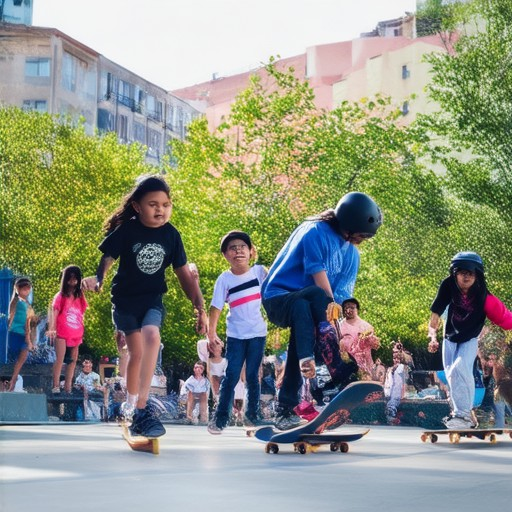
Can I Learn Skateboarding On My Own?
Yes, you absolutely can learn skateboarding on your own with the right approach, resources, and determination. While having a mentor can be beneficial, many skaters have successfully taught themselves the ropes through dedication and practice.
Starting Point: Equipment
- Choose the Right Board: Start with a cruiser or a longboard for stability, especially if you’re new. These boards are easier to control and navigate.
- Protective Gear: Invest in knee pads, elbow pads, and wrist guards to protect yourself during falls and crashes.
- Location: Find a safe, flat surface or a nearby skatepark. Early mornings or late evenings may offer less traffic and more space.
Learning Resources
- YouTube Tutorials: Look for detailed, slow-motion guides on standing, balancing, and pushing. These can provide clear visual instructions.
- Online Communities: Join forums or groups like Reddit’s r/skateboarding to share experiences, ask questions, and get advice from experienced skaters.
- Progress Tracking: Use apps or websites offering guided lessons and progress tracking to monitor your improvement over time.
Practice Strategy
- Start Small: Focus on basics like pushing and stopping before attempting more complex tricks. Practice these daily to build a strong foundation.
- Stay Consistent: Dedicate a portion of your day to practice, even if it’s just 15 minutes. Consistency leads to gradual improvement.
- Patient and Persistent: Understand that mastery takes time. Celebrate small achievements to stay motivated and focused.
Safety First
- Learn on Safer Surfaces: Consider practicing on grass or smooth pavement until you gain more control. Concrete can be challenging initially.
- Be Aware of Your Surroundings: Pay attention to your environment to avoid accidents and injuries.
Mentorship and Community
- Local Events and Workshops: Attend skate shop events or workshops for personalized advice and to connect with other skaters.
- Join a Skate Group: Skate with friends or join a local group to enhance your experience and receive feedback and encouragement.
Economic Considerations
- Budgeting: Explore used boards or rental options to test the sport before investing in expensive equipment.
- Maintenance Tips: Learn how to maintain your board to prolong its lifespan and prevent damage from rough surfaces.
Motivation and Goal Setting
- Set Achievable Goals: Break down your learning process into manageable steps to avoid frustration and maintain motivation.
- Document Progress: Take photos or videos of your journey to visually track your improvement and stay inspired.
Conclusion
Learning skateboarding on your own is entirely feasible with the right preparation, resources, and perseverance. Embrace the challenge, stay committed, and enjoy the rewarding experience of mastering this exhilarating sport.
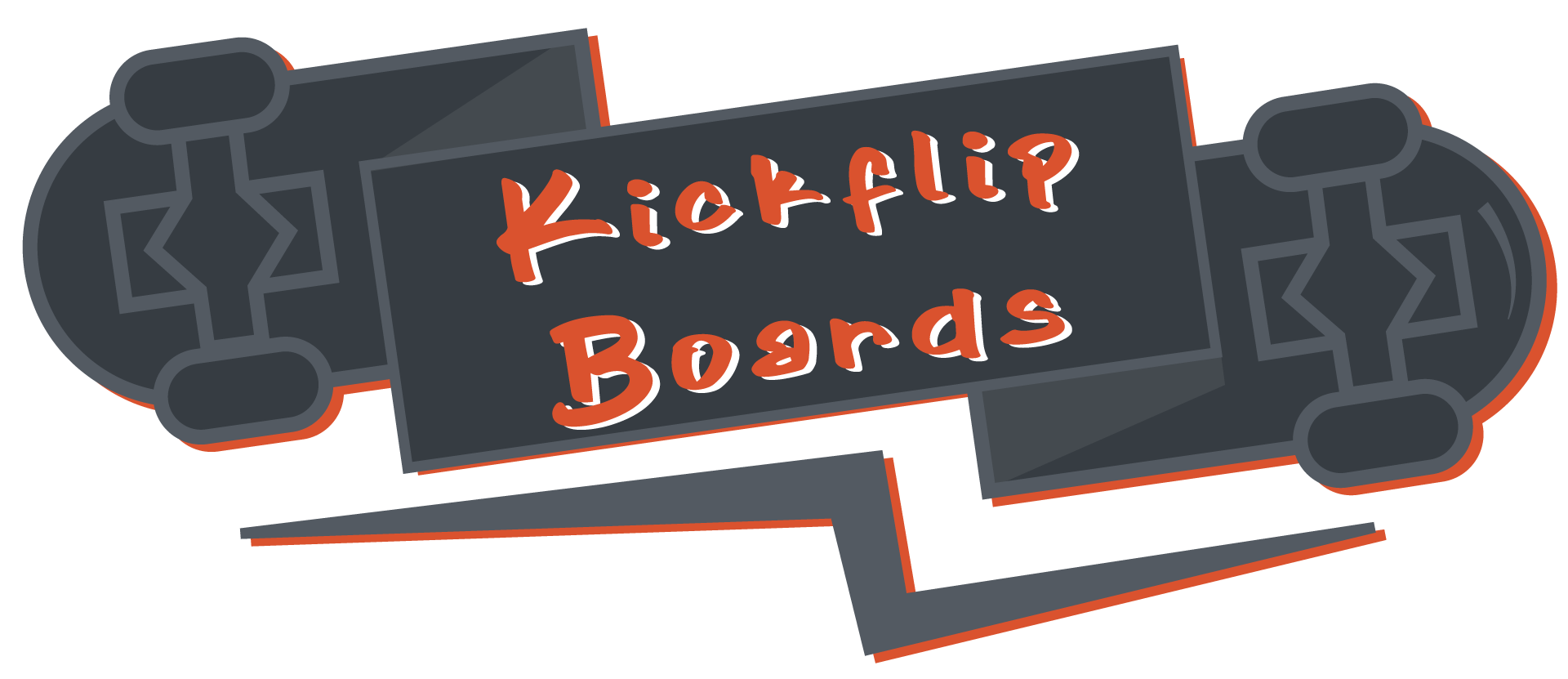



0 Comments